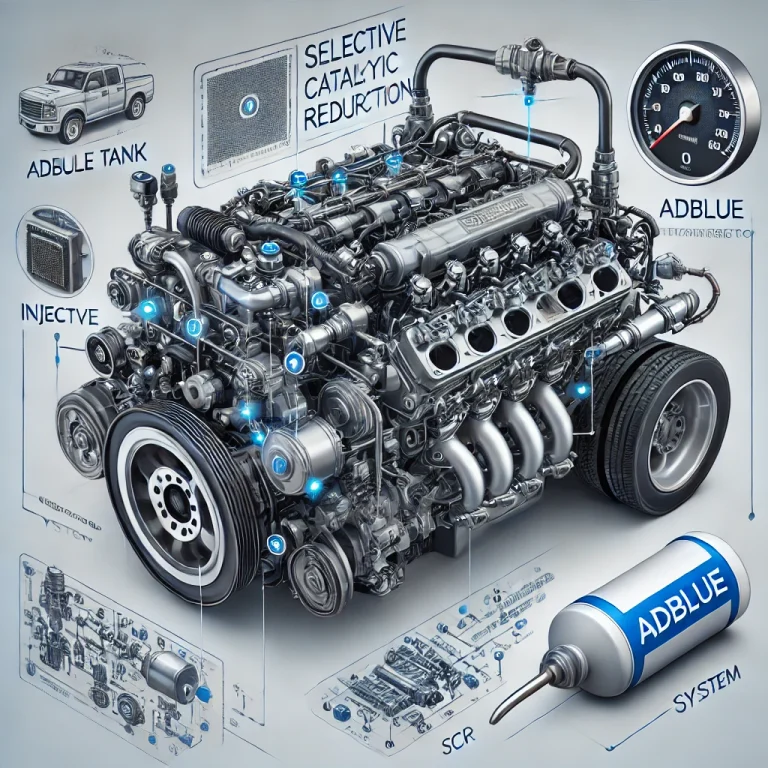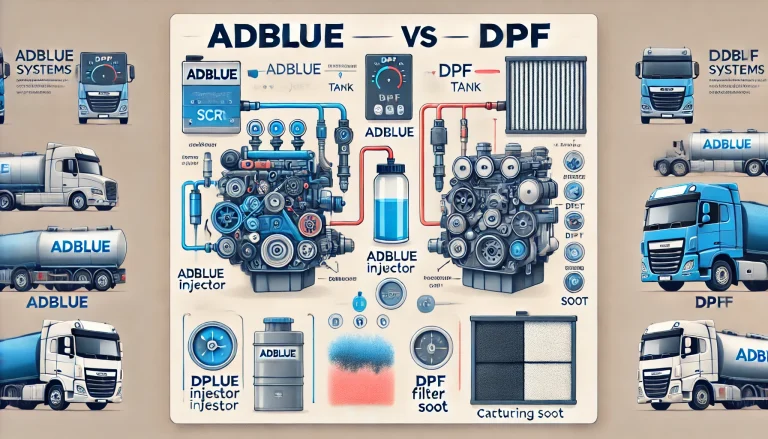What You Need to Know About AdBlue Delete, Emissions Laws, and Safer Alternatives
🔍 What Is AdBlue and Why Do Cars Use It?
AdBlue is a type of Diesel Exhaust Fluid (DEF) used in vehicles with Selective Catalytic Reduction (SCR) systems. It’s injected into the exhaust to convert harmful nitrogen oxides (NOx) into nitrogen and water — reducing emissions and helping your car meet environmental regulations.
Many modern diesel vehicles, especially Euro 5 and Euro 6 models, rely on AdBlue to stay road-legal and emissions-compliant.
❓ Can You Remove AdBlue from a Car?
Technically, yes — some companies offer what’s called an AdBlue delete, which disables the SCR system using an ECU remap or plug-in emulator. These tools can trick the vehicle into thinking the AdBlue system is functioning properly.
However… it’s not that simple.
⚠️ Is It Legal to Remove AdBlue?
In most cases, no — removing AdBlue from a car used on public roads is illegal in:
- 🇬🇧 The UK
- 🇪🇺 The European Union
- 🇺🇸 The United States
- 🇨🇦 Canada
- 🌍 Most developed regions worldwide
AdBlue delete modifications can lead to:
- ❌ MOT or emissions test failure
- ❌ Vehicle de-registration or seizure
- ❌ Fines or penalties from regulatory bodies
- ❌ Voided insurance or warranties
🛑 Learn more in our guide on AdBlue delete legality in the UK
🔧 When AdBlue Delete Might Be Legal
There are rare, limited scenarios where AdBlue removal could be permitted:
- ✅ Off-road use only (e.g., farms, private estates)
- ✅ Exported vehicles (outside EU/UK/US)
- ✅ Motorsport applications not used on public roads
But even then, these cases require strict documentation and vehicle reclassification.
❌ Risks of AdBlue Removal in Cars
Before considering AdBlue delete, know the real consequences:
- 💨 Higher Emissions – Your car will pollute more
- ❌ Test & MOT Failures – In most regions, your car will fail inspection
- ⚠️ ECU Errors – Bad deletes can cause limp mode or dash warnings
- 🛡️ Voided Warranty/Insurance – Most providers don’t cover tampered emissions systems
- 💰 Reduced Resale Value – Modified vehicles are harder to sell or trade in
🔄 Alternatives to AdBlue Delete
Instead of removing the system, try these safer options:
✅ 1. Repair the AdBlue System
If your SCR system is faulty, a repair is cheaper and safer in the long run than a delete — and keeps your car road-legal.
✅ 2. Use Certified High-Quality AdBlue
Low-quality fluid can damage sensors and pumps. Stick with ISO 22241-certified DEF.
✅ 3. Service & Clean the System
If crystallization is the issue, flushing and resetting the system may help.
👉 See how to remove AdBlue crystals
🚫 We Don’t Offer AdBlue Delete for Cars
At Blue Removal, we specialize in off-road AdBlue delete solutions for industrial, agricultural, and commercial machinery only. We do not provide AdBlue delete services for road-legal passenger vehicles.
👉 Looking for commercial or heavy-duty solutions instead?
Visit our AdBlue delete services homepage
✅ Final Thoughts
Yes, it’s possible to remove AdBlue from your car — but that doesn’t make it a good idea. In most regions, it’s illegal, environmentally harmful, and likely to cause more problems than it solves.
If you’re having trouble with your AdBlue system, repairing or maintaining it is almost always the smarter, safer choice.
Always check your local emissions laws before modifying any part of your vehicle’s emissions system.






